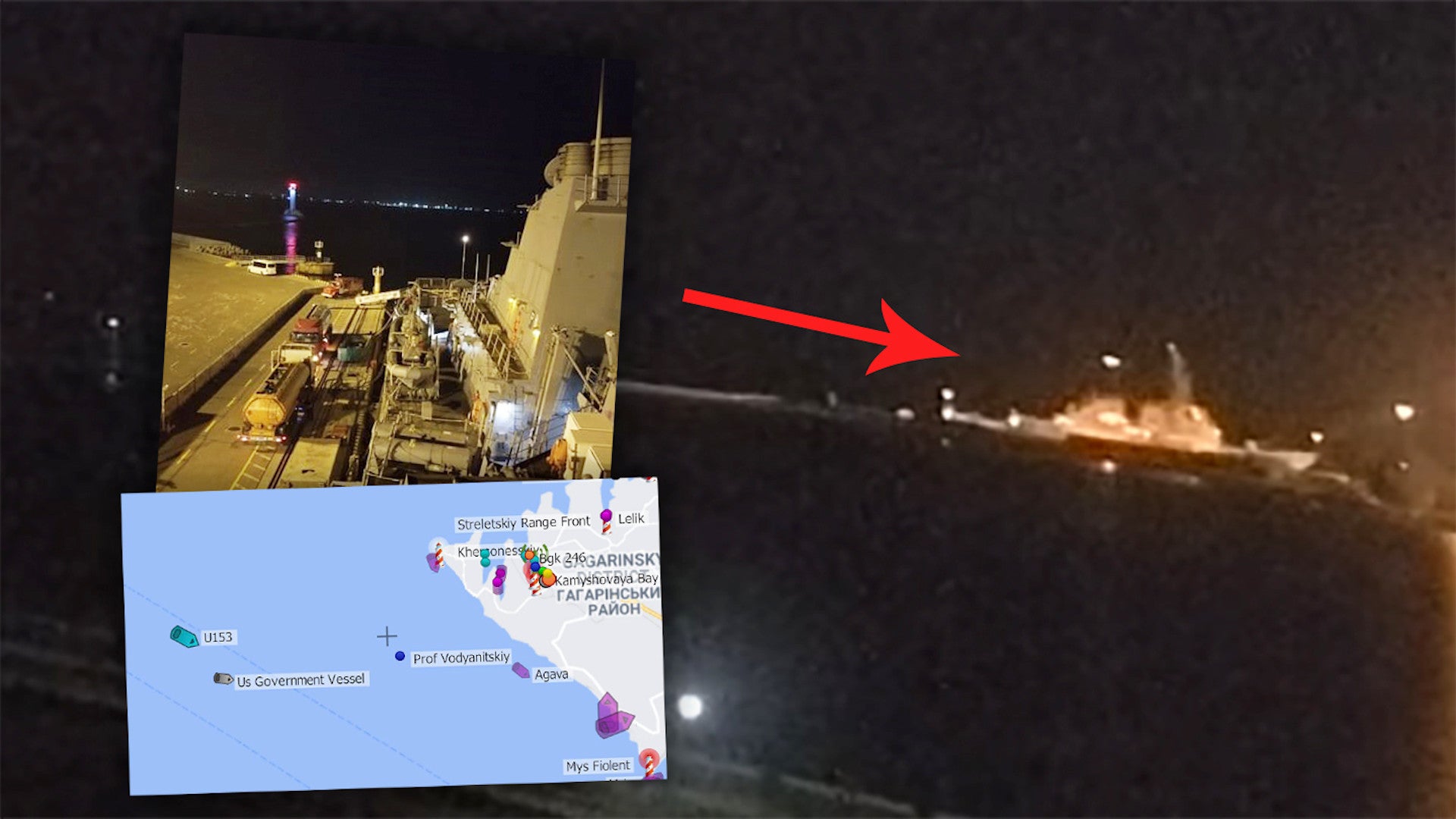
The Maritime Approximation
A couple of months back I saw Randall Munroe of xkcd fame live in London. The live tour was celebrating the 10th anniversary of the wonderful What If?, a must read for any nerd/geek/STEMophile.
That this was published a few weeks after I saw Randall Munroe is just a coincidence. And that’s what this post is about: coincidence (and nerdery/geekery/STEMophilia).
I’ve encountered a number of fun numerical approximations and coincidences, but it was the first time I’d come across this one. There’s a rabbit hole here that leads to a whole warren of interesting interconnected (and disconnected) facts from mathematics, metrology and history. Let’s explore.
The knot (kt, /nɒt/) is a measure of speed — and yes, historically, knots on a rope were used to measure speed at sea. A knot is a measure of nautical miles (NM) per hour, where a nautical mile is defined as 1852 metres. The statute mile (mi) is ~1609 metres in length. (Note that statute mile is the formal name for what many simply call mile, which is also — a little presumptuously — called the international mile… but mostly because everyone else who used other mile systems switched to metric and stopped using them.)
As both π mph and e kt are measures of distance against time, with the unit of time the same in each case (1 hour), we can simply multiply π mph ≈ e kt through by time to make the equivalence one of distance: π mi ≈ e NM.







:quality(75)/https%3A%2F%2Fassets.lareviewofbooks.org%2Fuploads%2F202404Dune-1965-cover.png)




